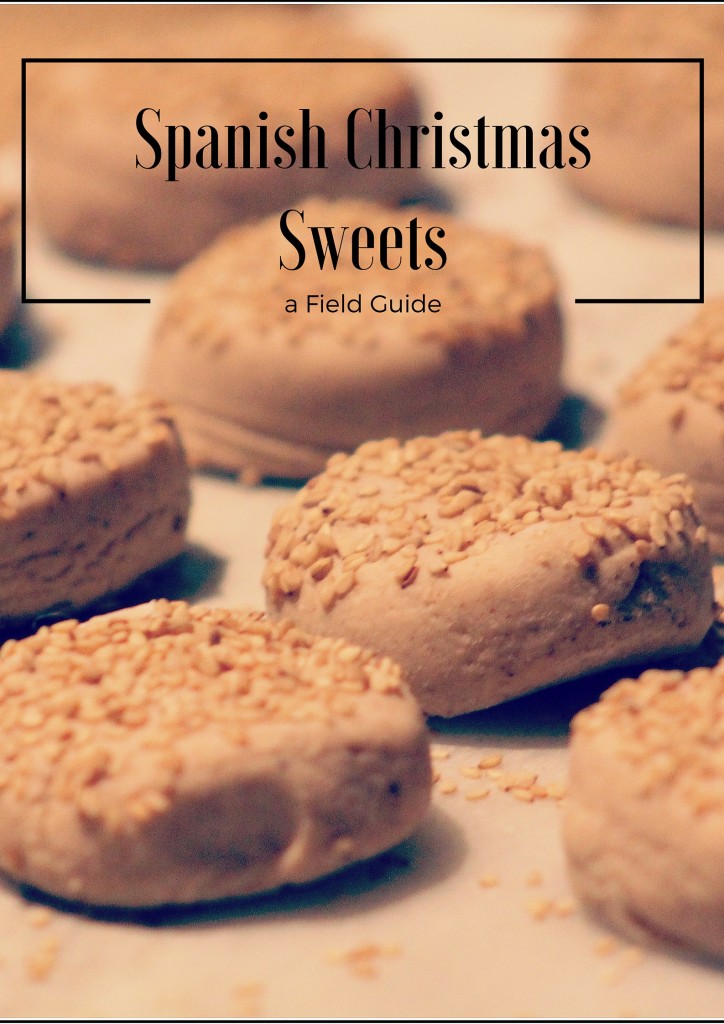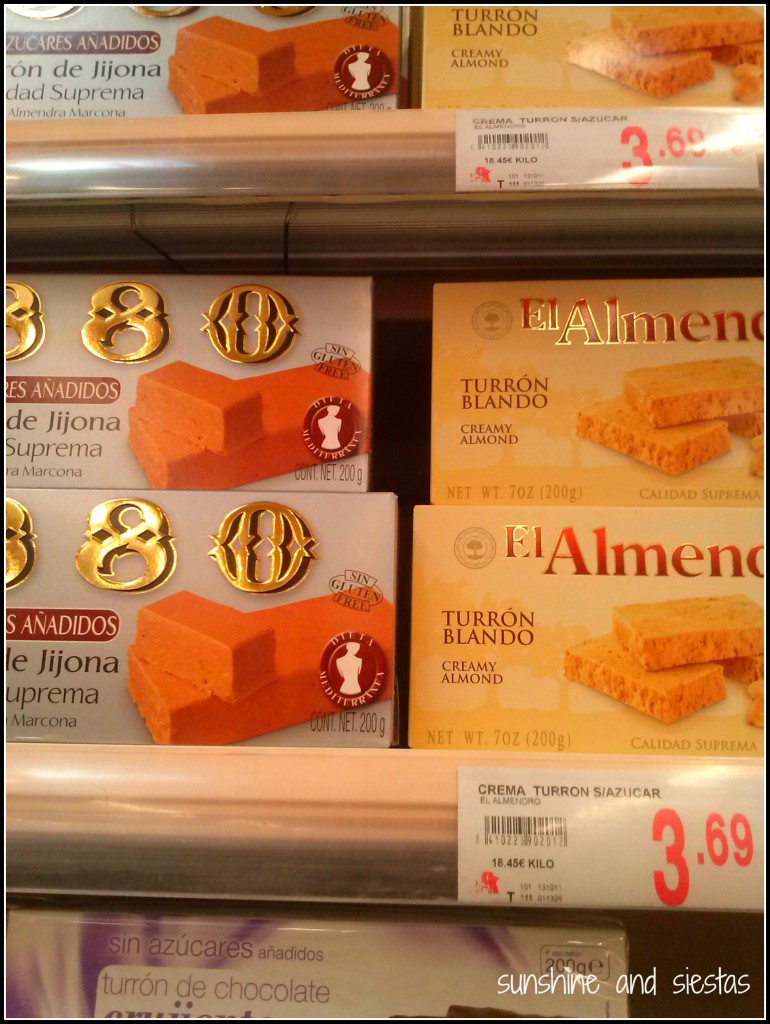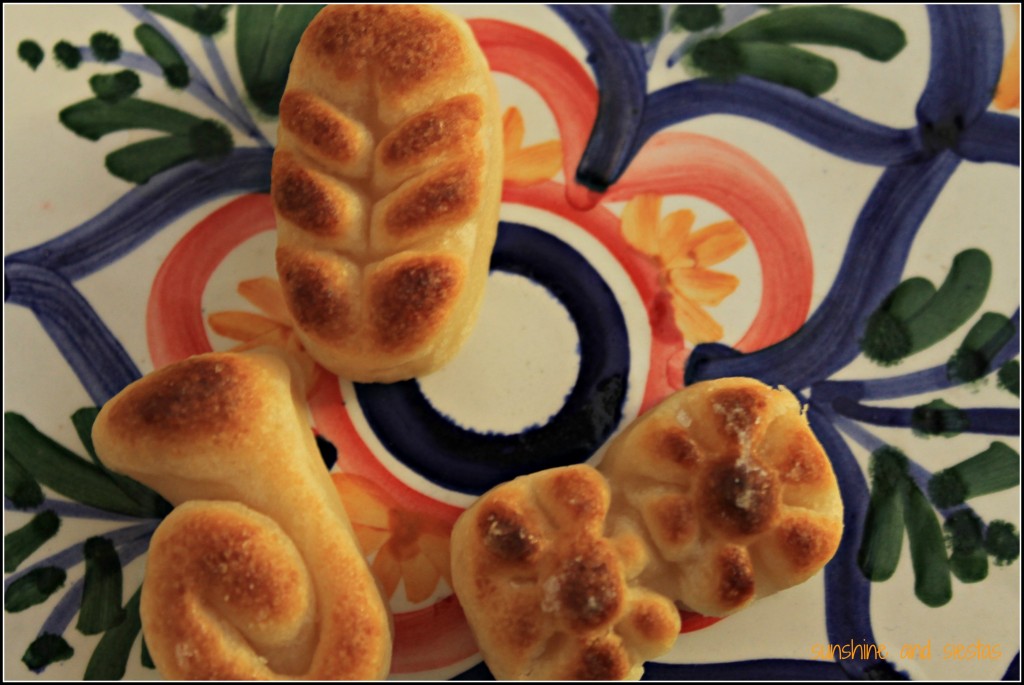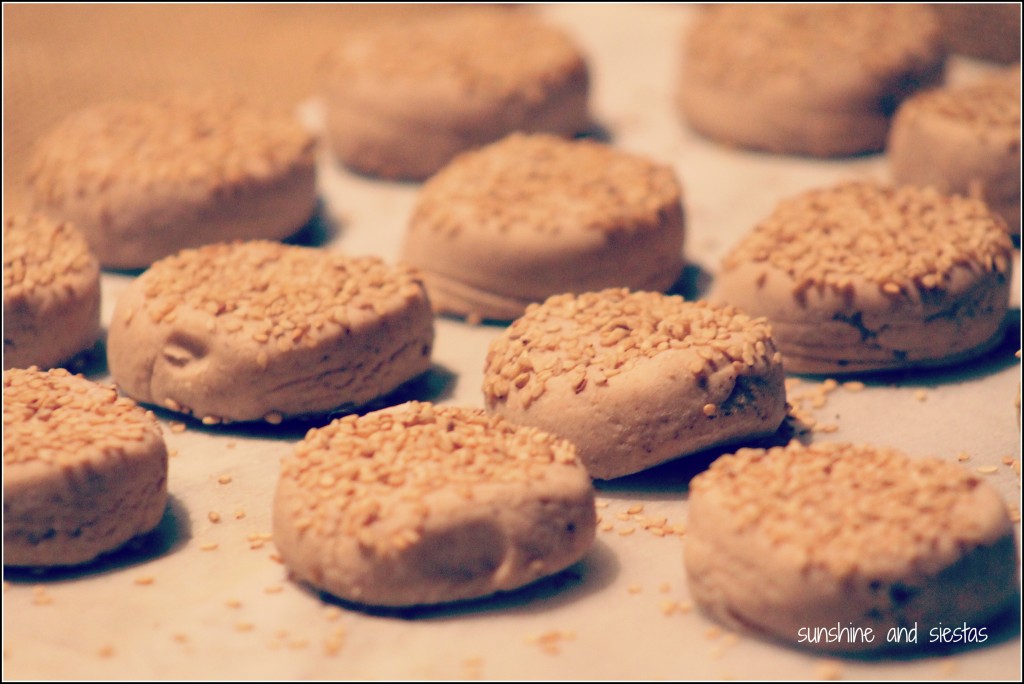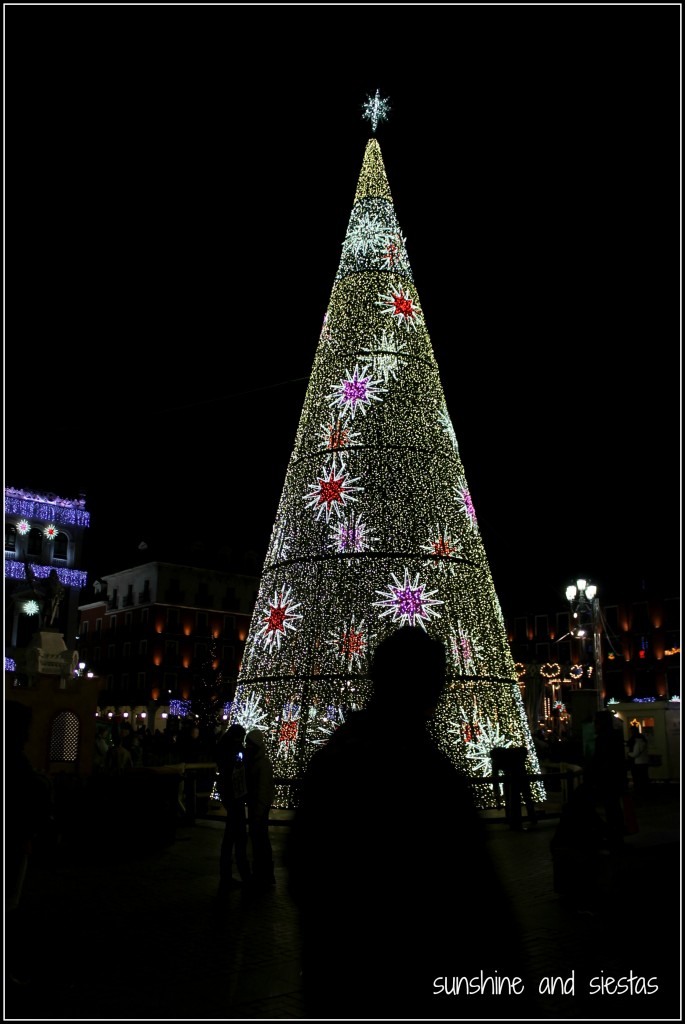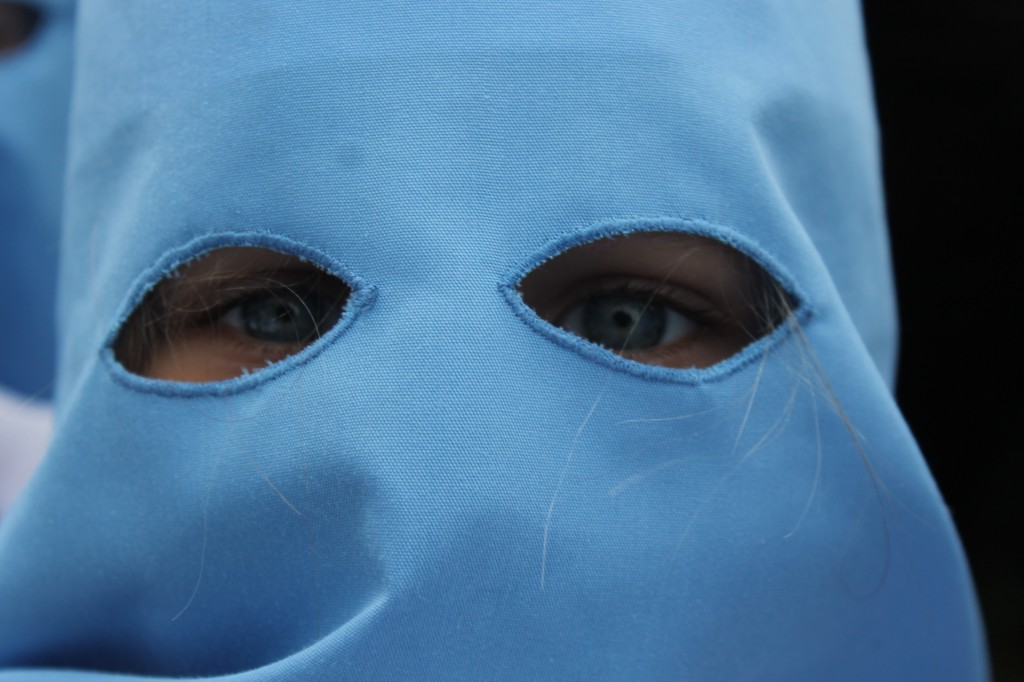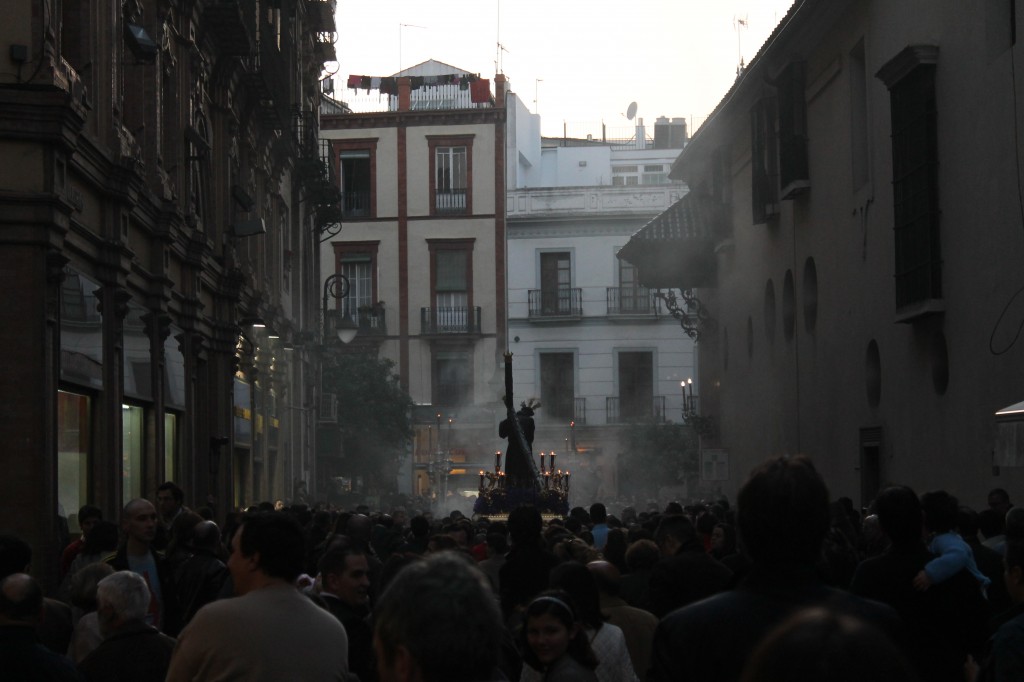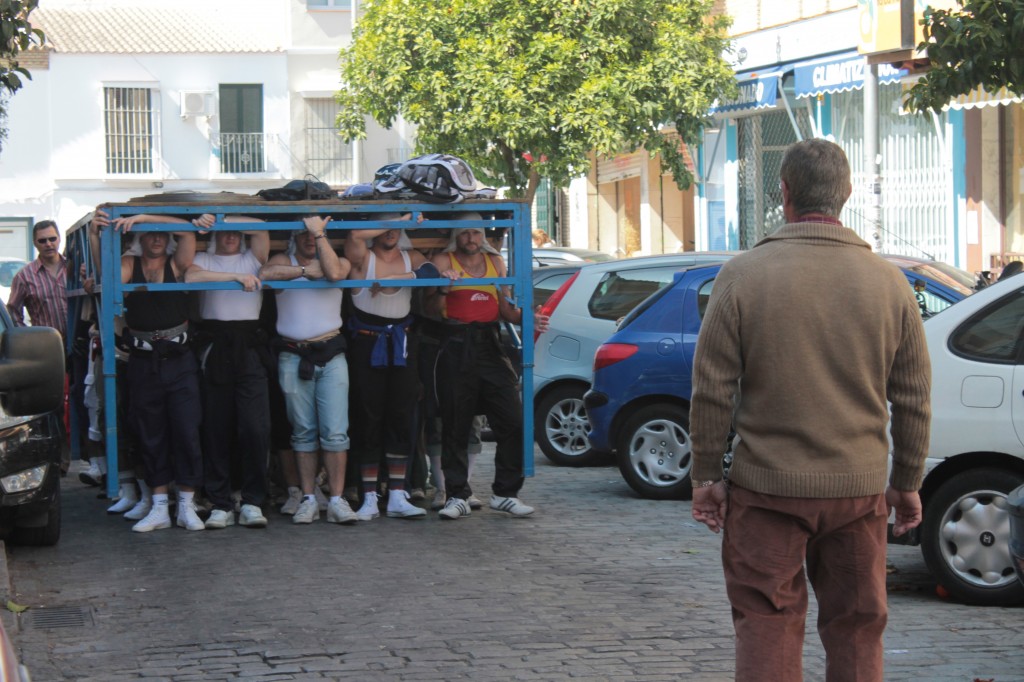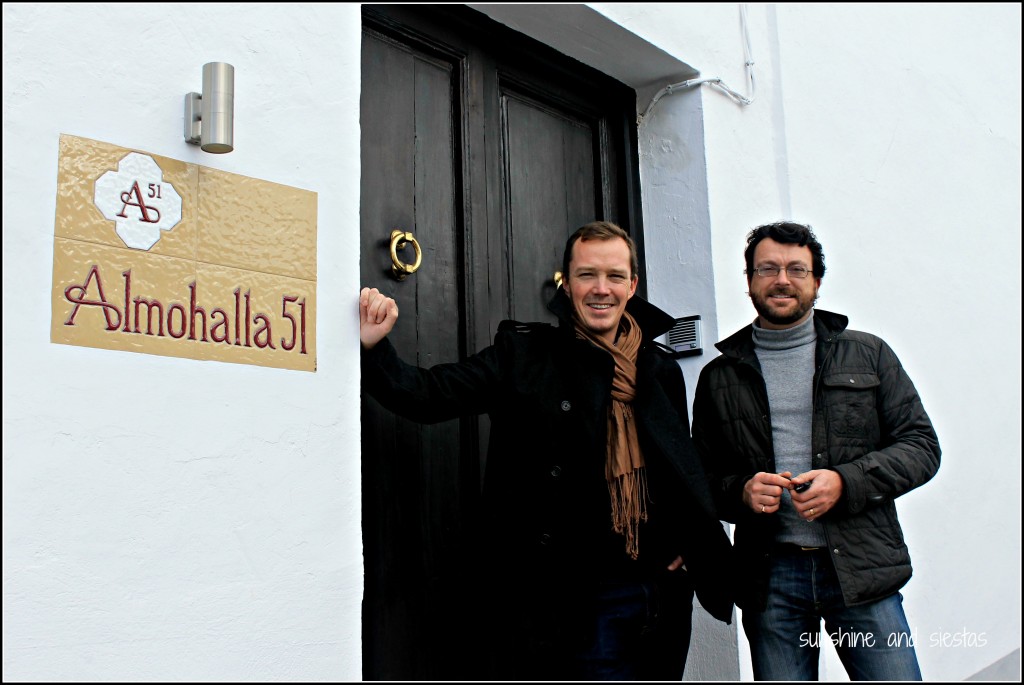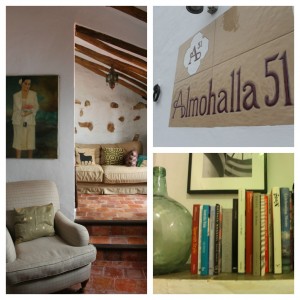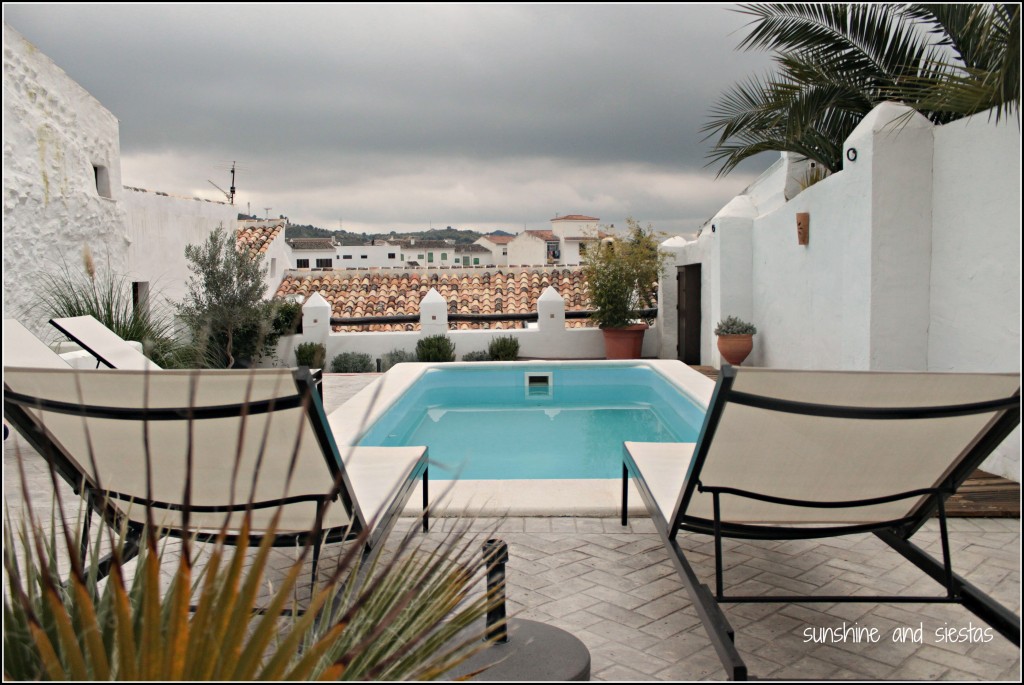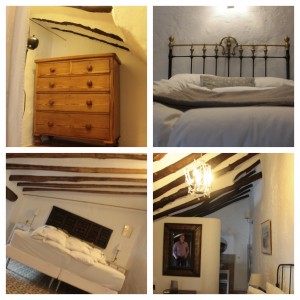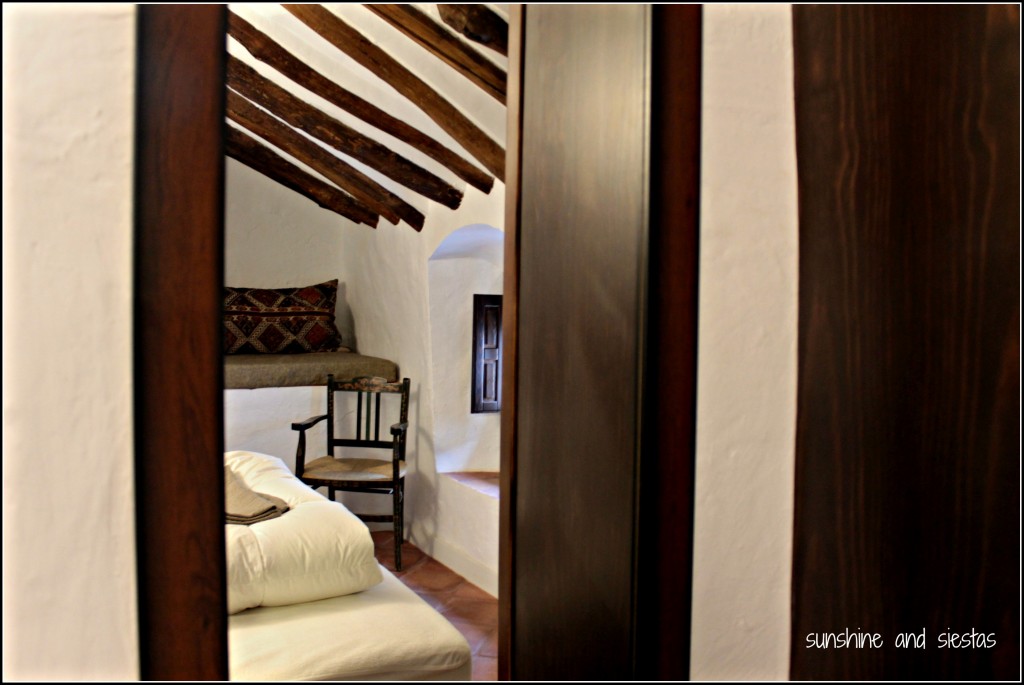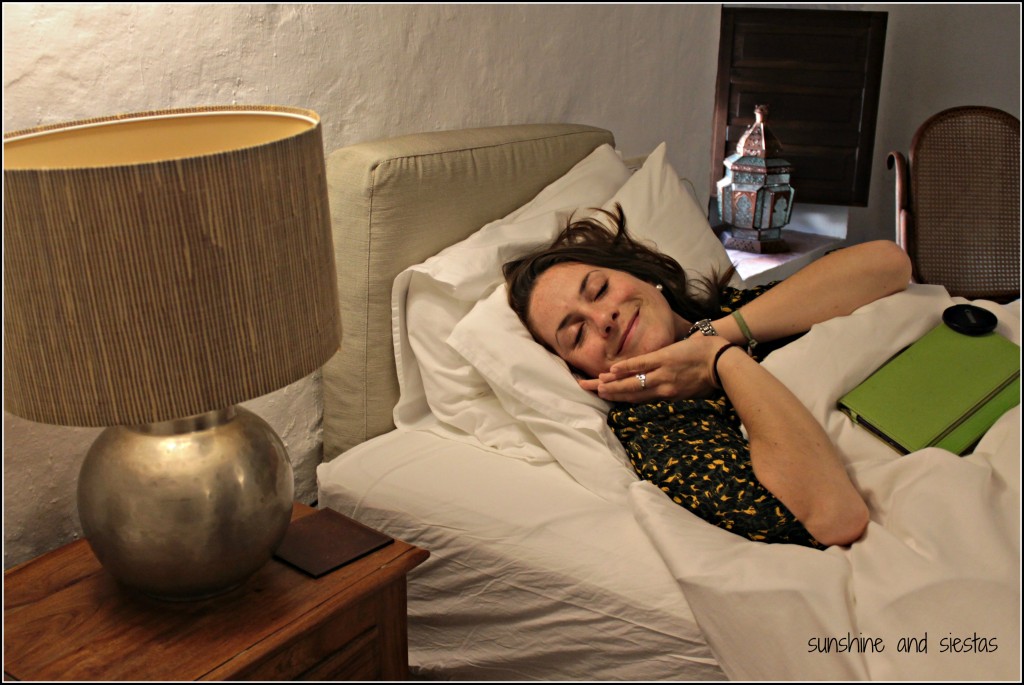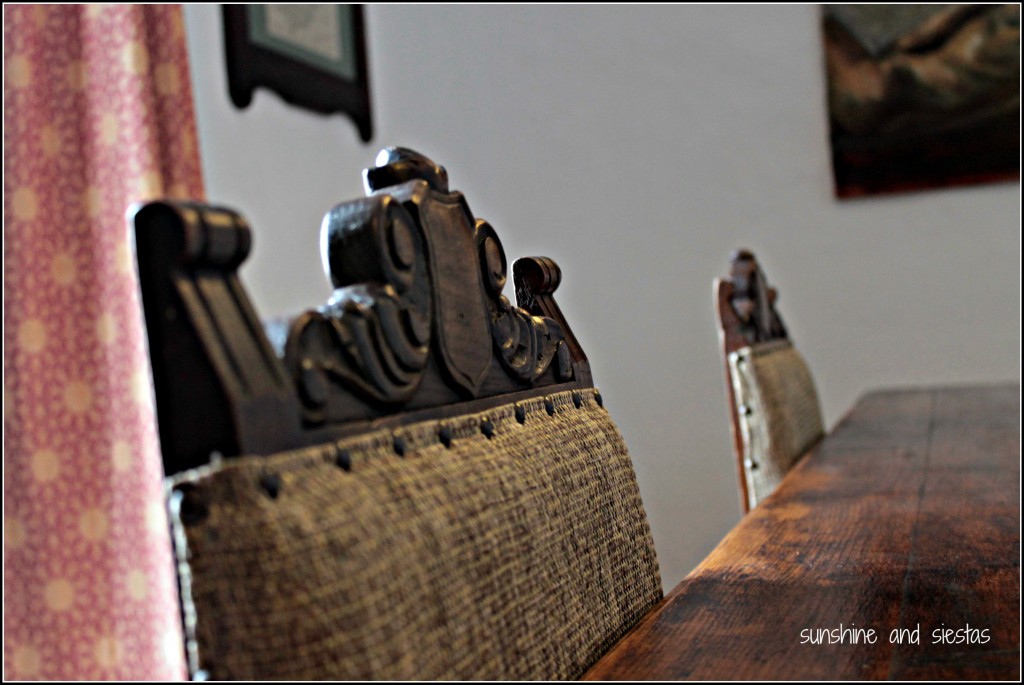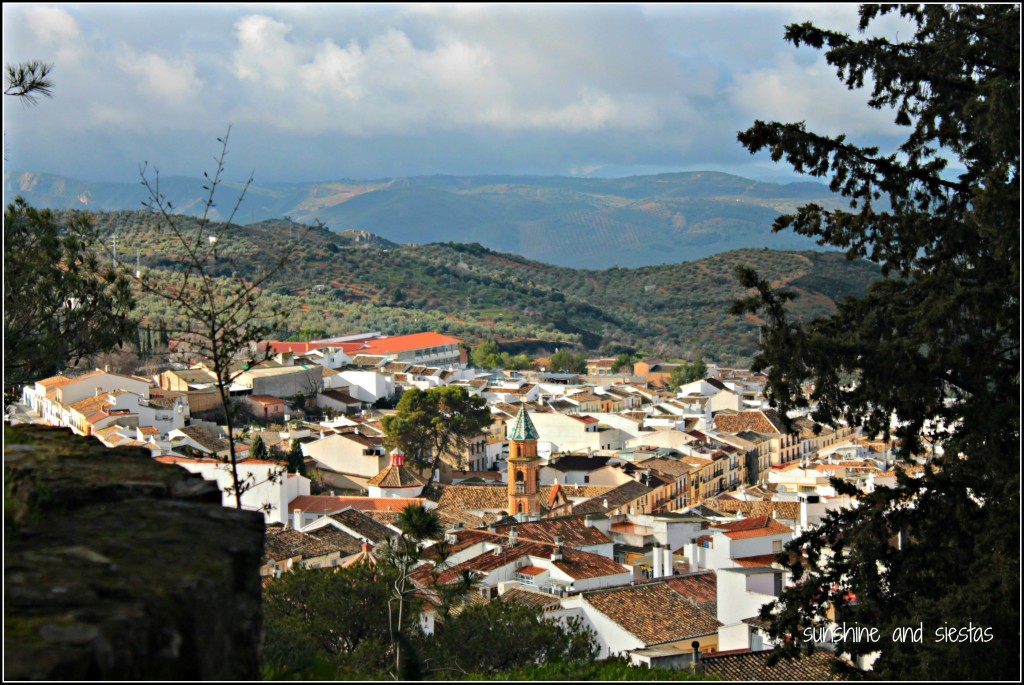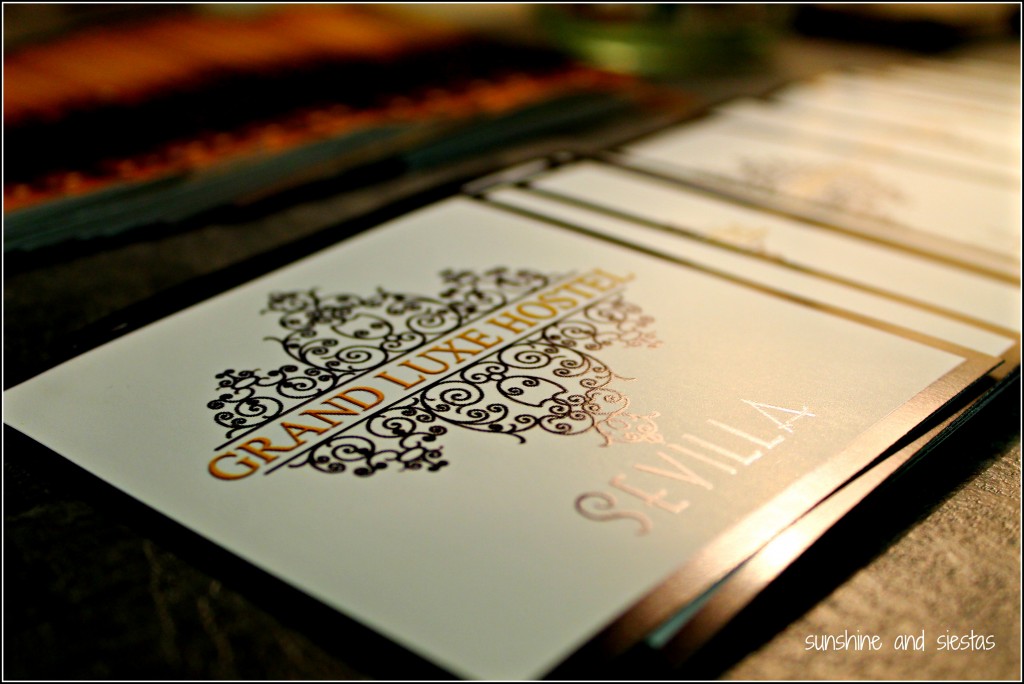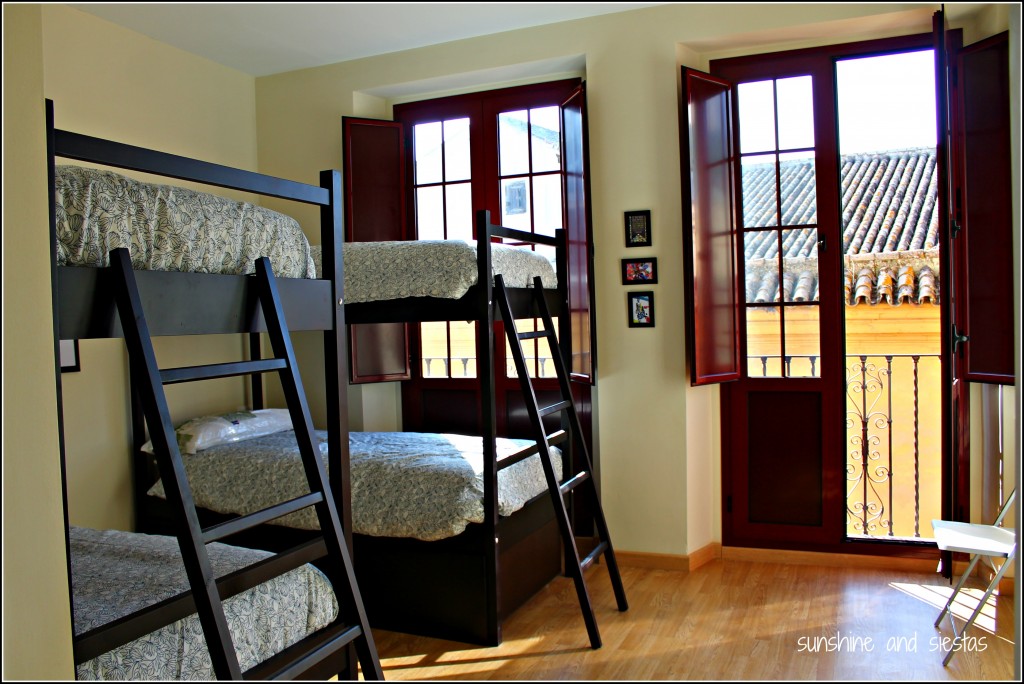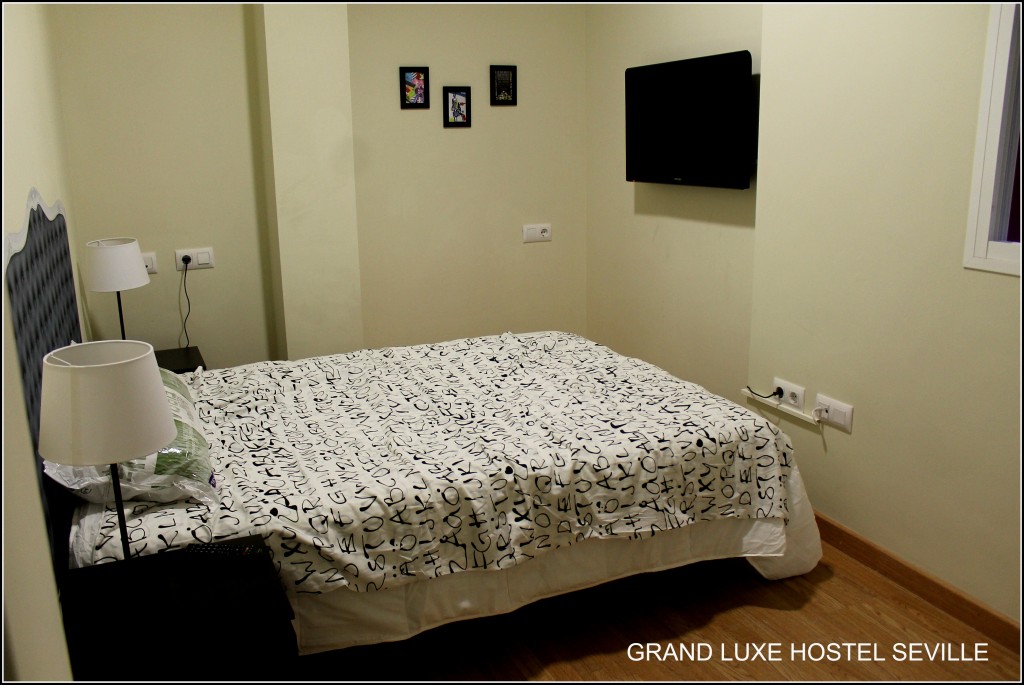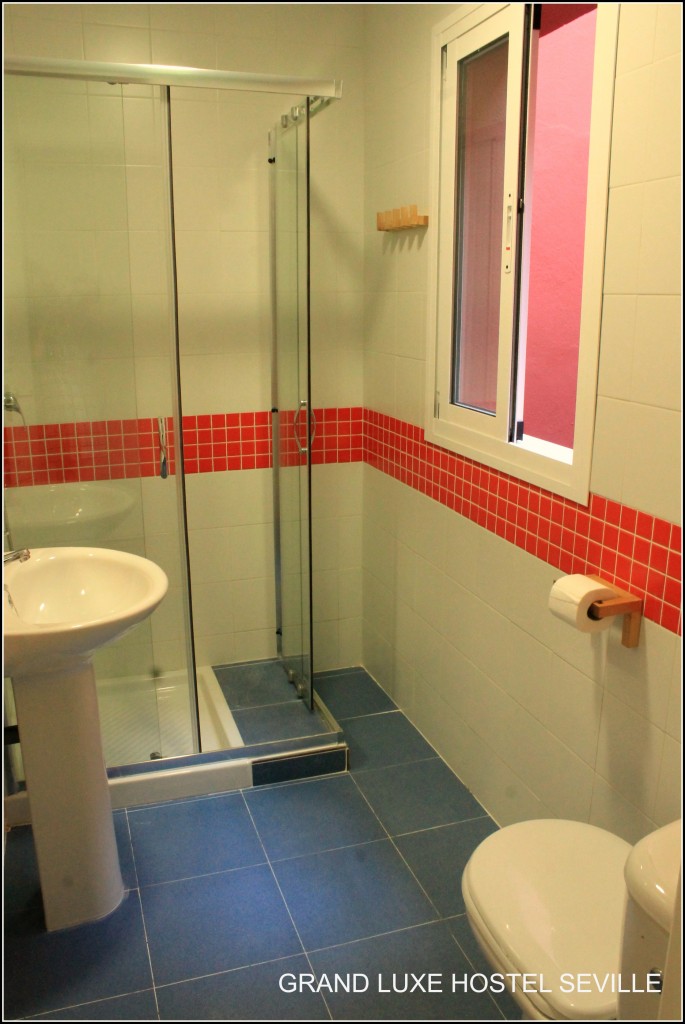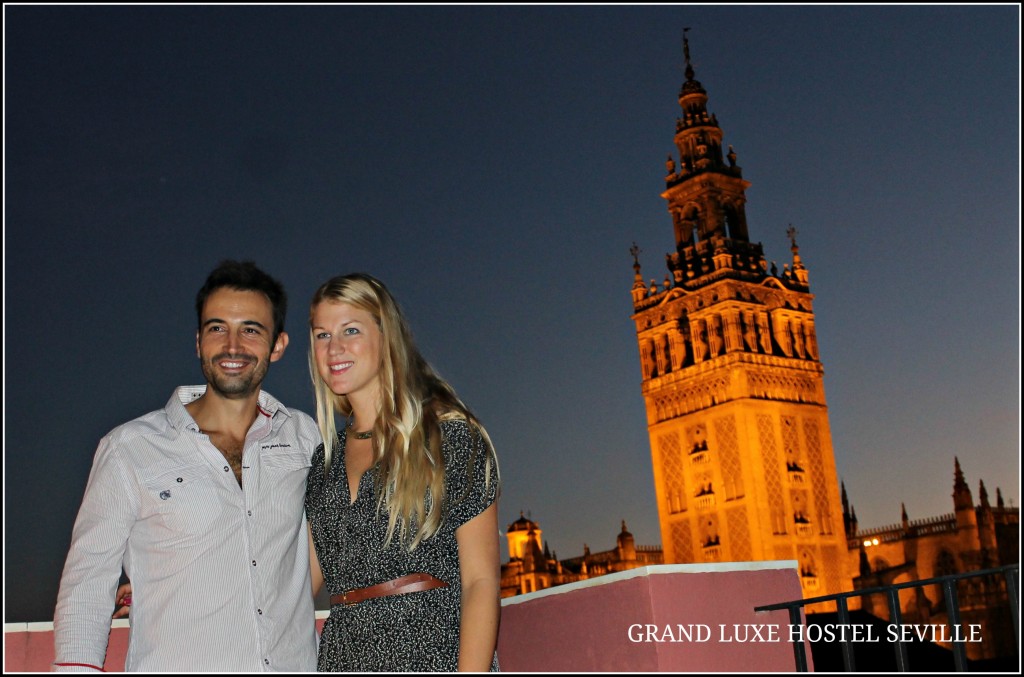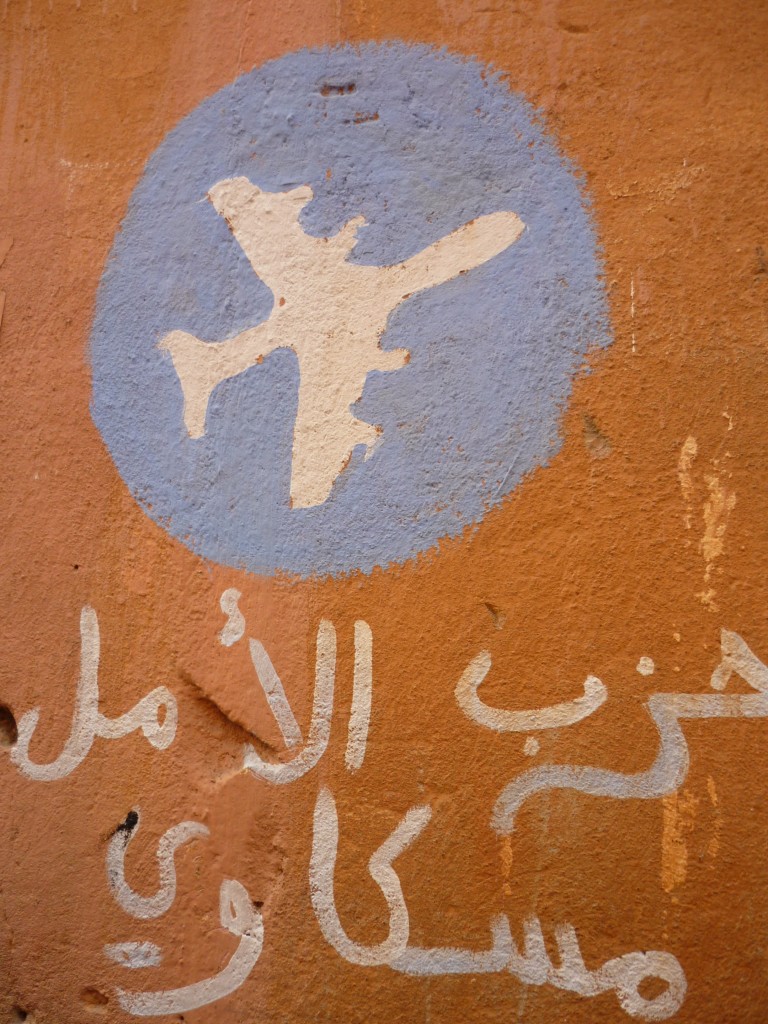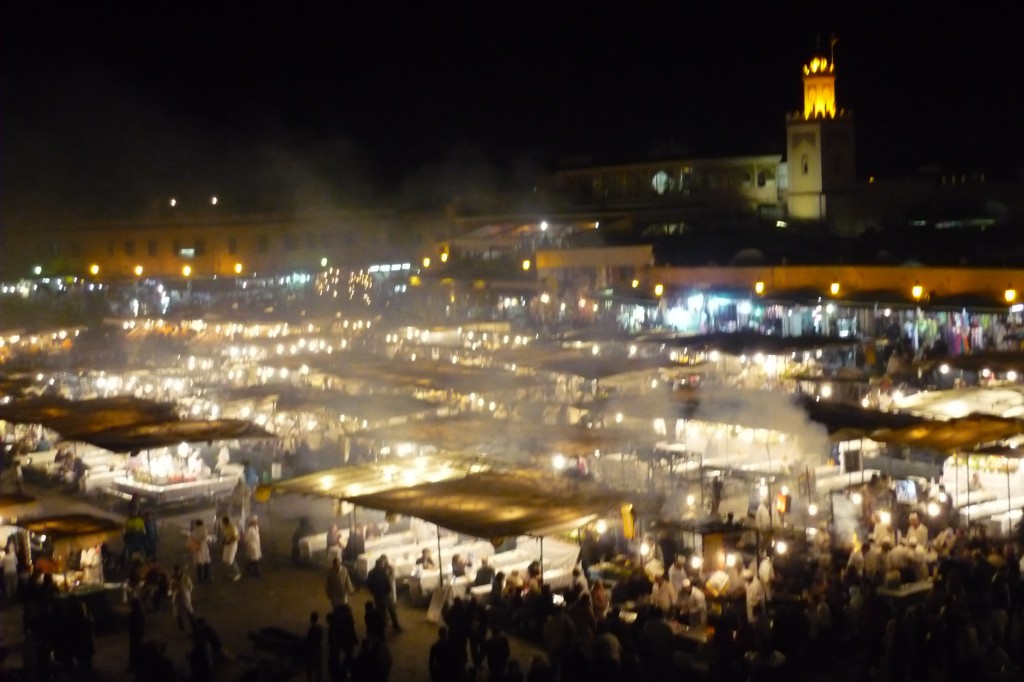Two weeks ago, I couldn’t find the aisle that is home to eggs and milk in my local supermarket. I walked in circles, desperate to locate what was needed for the Novio to make me croquetas.
The aisle where they normally resided, next to the sliced meat and dry pasta, was empty. Gutted (as was I). The following day, the milk aisle was replaced by my worst nightmare: the Christmas goodies aisle.
If Spanish sweets disappointed me, Spanish Christmas treats take it to the next level.
As a child, we’d spend hours baking cookies and cakes to leave for Santa or hide under the tree for my dad. My Christmas memories are flavored like peppermint and fudge, not sugar and egg yolks. Spain’s sweets leave me with much to be desired, sadly, and any time I bring them for my family to sample, they go uneaten (or the sniffer dogs go insane when them smell them in my carry on).
Turrón
Far and away the most common treat you’ll find, turrón is a nougat bar made from sugar, egg whites and honey, and are most traditionally made with nuts. The most celebrated types are hard (Alicante sort) and soft (Jijona type), though you can find them made of chocolate, infused with liquor, containing candied fruit or puffed rice or even with candy brands inside.
Recently, companies have diversified by adding Oreos or butter biscuits. I have yet to diversify my tastes to actually enjoy them.
Marzipan
A traditional shortbread in Castilla y León and Castilla-La Mancha, this almond paste-based confection is often shaped into bite-sized morsels and have sugar or egg yolk filling. It’s traditional elsewhere around Europe and is actually eaten all year in Toledo.
Yemas de Santa Teresa
So, I hate eggs, and they’re about the only food I can’t stomach. What say you, then, about a traditional Christmas sweet that’s called Yolks?!
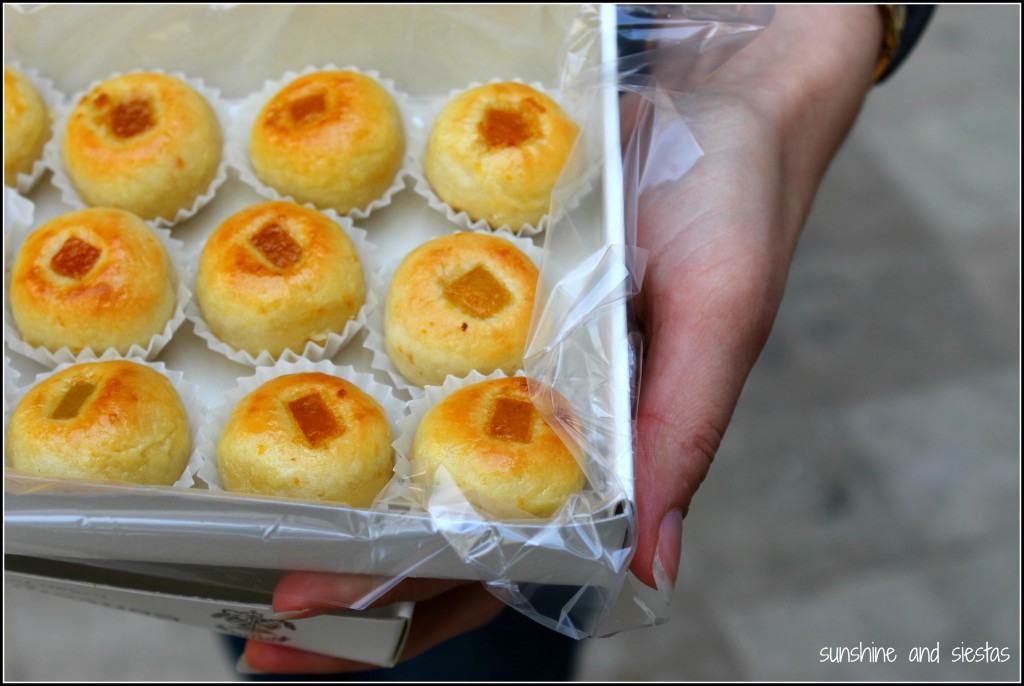
With an origin in Ávila and made in honor of Saint Theresa, these small round balls are made just of egg yolks and sugar, then rolled by hand. The common belief is that convent sweets came about from young women who brought the nuns eggs in the hopes of becoming pregnanct, and yemas de Santa Teresa are some of the most common treats you’ll find peddled from convents. A well-known confitería in Ávila called Flor de Castilla, popularized them in the mid 19th century, and they’re now a common dulce navideño.
Mantecados and Polverones
Made of pig lard (sorry I just ruined them for you, but the clue is in the name, people!) and olive oil, mantecados are quite popular in Andalucía and mass-produced here. These crumbly cookies are often sold like we sell Girl Scout cookies, and come in a dozen varieties, like cinnamon, lemon, chocolate and anisette. Polverones take their name from dust, as these small cakes often break apart as soon as they’re out of their wax wrapper.
If you’re in Seville and love them, consider taking a day trip to Estepa, where you can visit the factories and sample until your heart’s content. About 95% of the workforce in their traditional despensas are women, and the city has earned the moniker of ‘Ciudad del Mantecado.’
Las 12 Uvas de Nochevieja
As per tradition, Spaniards leave room in their bellies for 12 grapes, which are to be eaten on New Year’s Eve at the 12 strokes of midnight for good luck in the coming year. During my first Nochevieja in Seville, my family and I didn’t know about this, so the Novio grabbed 48 grapes and a small bottle of champagne for us from his own family’s stash.
New Year’s is a holiday that’s most often spent with family, but my parents, sister, cousin and I braved the rain in 2013 in Madrid’s Puerta del Sol, where the official ball drop happens. Most of my grapes ended up on the ground, but my luck has stayed intact for most of the last five years.
Roscón de Reyes
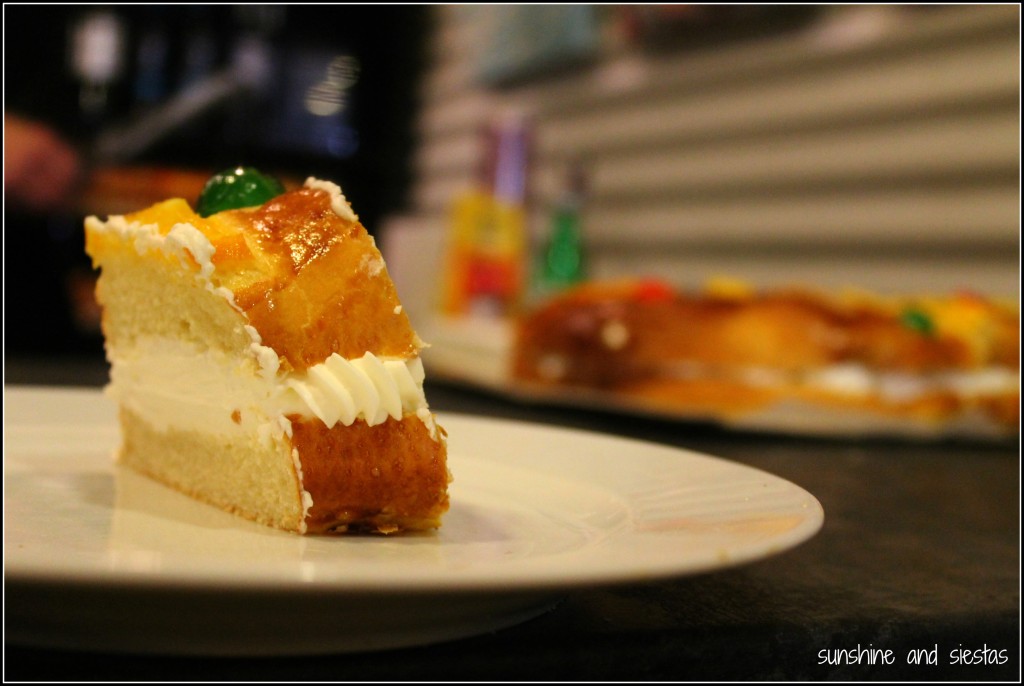
Among one of the strangest traditions in Spain is the Three Kings parade on the evening of an epiphany. The three kings and their pages ride through the streets on elaborate floats, throwing candy and small toys to bystanders. The following day, families eat a flaky pastry cake with candied fruit, called the roscón. Two figurines are hidden within the cake – a toy or Christ figure, to be given to the king (who also gets the crown), and a bean. He who finds the bean must pay for the following year’s cake.
Other popular dulces are nuts and mandarin oranges, and it seems that there’s always a box of the mythical Caja Roja chocolates. Plus, many cities and provinces have their own gastronomic traditions when it comes to Christmas treats. Thankfully, I tend not to overeat when it comes to sweets at the marathon that is Christmas in Spain: I save my calories for the G&Ts after dinner.
Do you like Spanish Christmas treats, or do you tend to stick to your home country’s traditional sweets?
